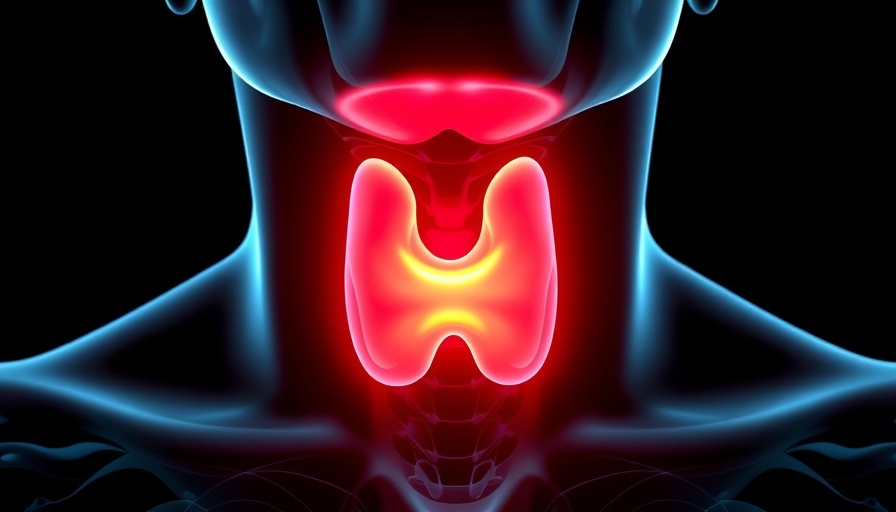
New Methods to Lower Cholesterol: A Holistic Approach
Cholesterol management is crucial for overall wellness, and while there are traditional methods involving medications, many new strategies have emerged that focus on lifestyle changes, dietary adjustments, and even mental health practices.
Embracing Whole Foods
One significant way to lower cholesterol levels is by embracing whole, plant-based foods. Fruits, vegetables, whole grains, and legumes are packed with fiber, which can help to reduce bad cholesterol (LDL) in the bloodstream. Foods like oats, beans, and avocados are not just filling; they are powerhouses for your heart health.
The Role of Healthy Fats
Incorporating healthy fats into your diet is another effective strategy. Foods rich in omega-3 fatty acids, such as fatty fish (salmon, mackerel) and flaxseeds, can promote a healthier lipid profile. They not only help lower LDL cholesterol but also improve cardiovascular health while supporting cognitive function, bringing benefits to both heart and mind.
Mind-Body Connection
Interestingly, mental health plays a pivotal role in managing cholesterol levels. Stress management techniques like yoga and mindfulness can improve emotional well-being and even lower cholesterol by reducing the stress hormones that can elevate levels. Connecting with your local community through wellness events can also uplift spirits and reinforce mental health.
Physical Activity: A Game Changer
Regular physical activity, such as brisk walking, cycling, or joining a local sports team, not only contributes to weight control but also boosts the production of good cholesterol (HDL). Engaging in enjoyable activities helps to maintain motivation and fosters connections within the community.
Limit Processed Foods
Finally, limiting processed foods that are high in trans fats and refined sugars can significantly enhance your efforts to lower cholesterol. When we swap out pre-packaged meals for homemade options, we not only make healthier choices but also reinforce important family bonds gathered around the dinner table.
By implementing these strategies, you can take control of your cholesterol levels. Improvements in your wellness profile go beyond the physical; nurturing your mental health and community connections is just as vital. Start your journey today towards a healthier lifestyle!
 Add Row
Add Row  Add
Add 



Write A Comment